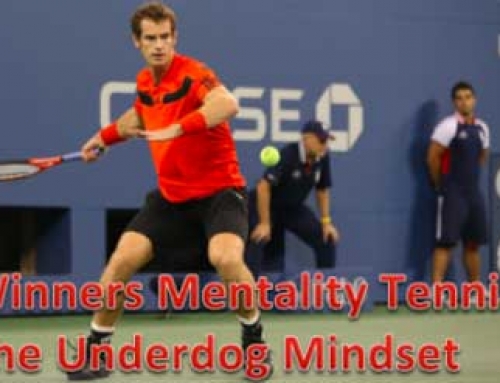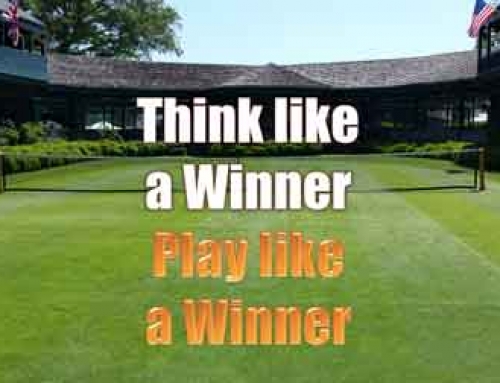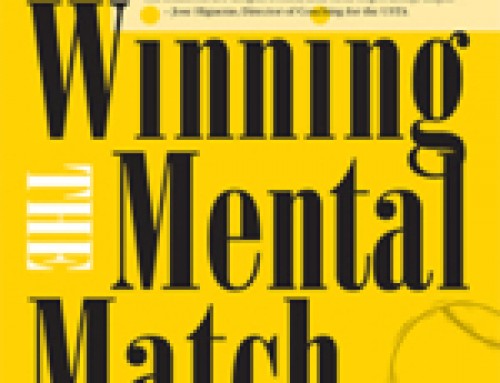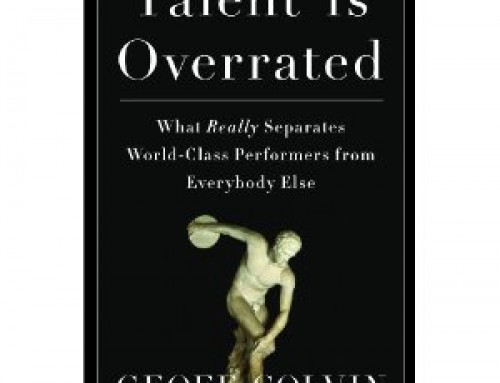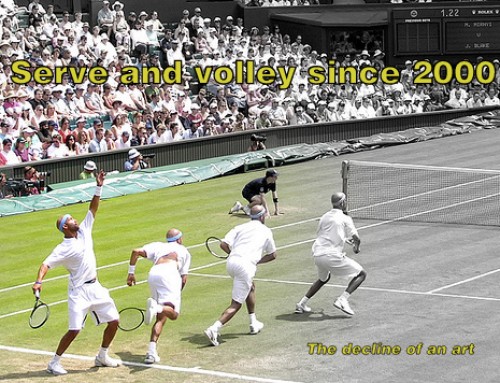- Maximum Tennis: 10 Keys to Unleashing Your On-Court Potential,
Nick Saviano (Human Kinetics, 2003) 195 Pages, with 10 Chapters, Index, Bibliography and Black & White Photos
Nick Saviano is a former top coach and director with USTA and now head of Saviano High Performance Academy in Sunrise, FL USA. He was a top 50 player and was once coached by Pancho Segura, and himself once coached Andre Agassi. Saviano has offered this insightful and instructive book on his keys to “maximum tennis”. It includes contributions on his ideas from top former stars and coaches such as Chris Evert, Billie Jean King, Stan Smith, Jim Courier, Nick Bollettieri and others.
Tennis Styles
Saviano says 90%+ players fit very broadly, though not perfectly of course, into one of four (4) player game styles.
These are: 1. Counter-Puncher, 2. Aggressive Baseliner, 3. Net Rusher, and 4. All-Courter
He argues that each style presupposes a player personality and that you should “embrace” your player personality in developing your game style. Doing this will enable you to play tennis better and just as important, enjoy playing it. Playing a game style in conflict with your on-court personality will trouble your enjoyment and inhibit your game, he says.
Saviano also says that your physical characteristics (fitness level, height, speed, endurance, etc.), and your weapons and weaknesses affect your choice of game style. Also, certain patterns of play you might like could affect your choice of game style.
He also writes that people should make a distinction between “game style”, and “strategy” and “tactics”.
Game Style – the style or overall mold of the your game. Examples are a net rusher style or counter-puncher style.
Strategy – overall game plan in a match. One example of an overall match plan is that of Venus Williams serving big, hitting aggressive baseline shots and take control of point early. Another is Davydenko taking ball on rise and hitting angled shots.
Tactics – specific shots, combination of shots or maneuvers to win a point. An example is a serve out wide, then coming to net, and hitting to opponents weaker side such as backhand to get a weak reply.
More on the Game Styles
1. Counter-Puncher – These are defensive baseline players who react to shots, wait to counter, make good passing shots, play far behind baseline, and hit with high net clearance and heavy topspin usually. Depth, consistency, control are their keys. They tend to be mentally tough and patient. They are not risk takers, but they have high fitness and like to run. They usually play high percentage cross court tennis. They use directionals well. Example: Leyton Hewitt.
2. Aggressive Baseliner – They try to dictate play with aggressive groundstrokes, and usually have a baseline weapon such as big forehand. They are very quick and agile. They are good service returners. Their personality is aggressive, and they go for winners and want to make it happen rather than wait. They are good at changing direction, using the inside-out forehand, and opening up the court with angles. Examples: Andre Agassi, the Williams sisters, and Lindsey Davenport.
3. Net Rusher – They possess aggressive court personality, and much prefer short points. They are big risk-takers. They like high risk or high reward. Don’t like long points; they not patient players. They like putting pressure on opponents. The serve is usually a good weapon for them. Outstanding volleys and net coverage. They are good athletes, with good anaerobic powers, powerful sprint-and-stop skills, and fine court movement skills. They know how to approach, come behind their shot, and make high percentage volleys. Examples: Pete Sampras, Taylor Dent, and Martina Navratilova.
4. All-Courter – They are capable of mostly all styles. They use all strokes, and are usually very fit. They move between a defensive and neutralizing game. They like to adjust and adapt, or they get bored. They may or may not have one clear weapon. All-Courters are problem solvers and thinkers. Yet most tend to prefer mostly one style or the other, such as net or baseline most of time. They usually like ball control. They like to use play patterns – serve/volley, approach down the line, cross court directionals but with smart change of direction, and inside-out shots. Examples: Martina Hingis and Justine Henin.
Tennis Secrets
Saviano identifies what he believes are 13 psychological secrets of the champions – methods which help them achieve top performance – sometimes called the “ideal performance state”. These are reviewed by him in order of priority and he suggests that doing the first one will help in doing the next one and so on…We’ll just briefly review the top six here…
1. Focus only on the things that you can control, and forget the rest
Doing this will enable you to play your best and increases the chances of good results. Monica Seles was once quoted saying: “I truly try to worry about things I can control, and not worry about stuff outside of my control.” Legendary basketball Coach John Wooden was also quoted as saying: “The more concerned we become about things we can’t control, the less we will do with the things that we can control.”
2. Winning is NOT the number goal, it’s executing your game to your best ability
Doing this will not guarantee a win, but will indeed ensure success. Billie Jean King said: “When you stay in the process is when you win. Not when you get into the end results.” Winning is just a by-product of executing to your best ability.
3. Emphasize performance goals, not outcomes
Outcomes are things you cannot control such as winning a point, game or set. Performance goals are things you have control over: staying in the moment, engaging in positive self-talk, attacking a second serve, doing a slip-step (hop-and-go) before each opponent’s stroke, etc.
4. Cultivate intrinsic motivation, not extrinsic motivation
Intrinsic motivations refer to passion and rewards inside of yourself, such as improving your game or gaining fitness, rather than external motivations such as wins, rankings or trophies.
5. Stay in the present or the moment
Andre Agassi summing it up once said: “I have learned the hard way that to lose the focus on one point interferes with the job. If you let up on one point, what’s going to stop you from doing it on two? You can’t run out the clock. You have to finish.”
6. Project a powerful, positive presence
The projection of confidence is exactly what people see. Never let the opponent feel that they have broken you mentally or emotionally. “Never let them see you bleed” is what his superiors instructed James Bond in one of the movies…Win, lose or draw, always act as if you are winning and just won.
Timeless Tennis: A Blog
www.timelesstennis.net




